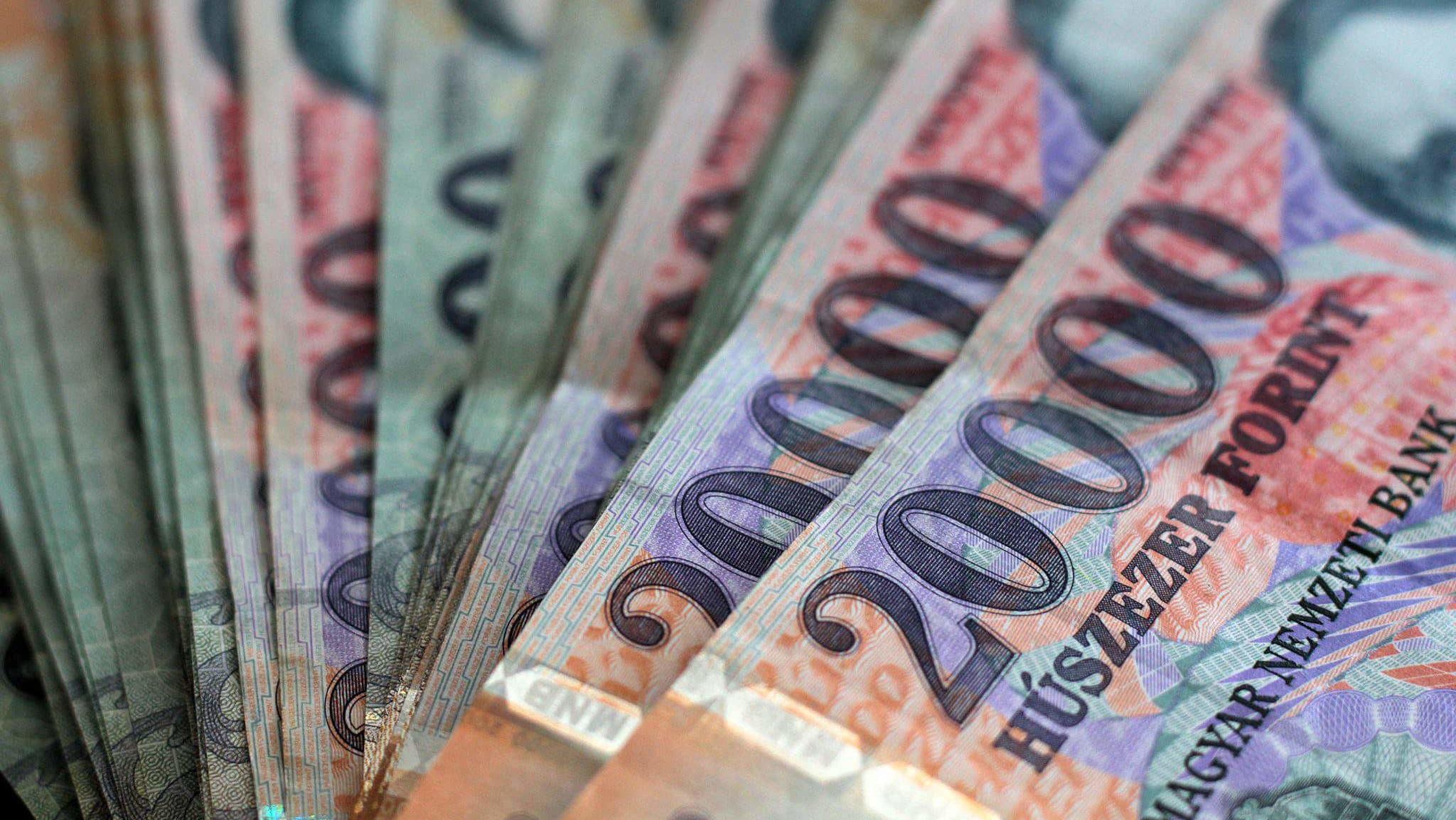Hungarian rate-setters left the base rate on hold at 13 percent at a regular policy meeting on Tuesday. The Council also decided on Tuesday to keep the central bank’s O/N deposit rate at 12.50 percent and the O/N collateralised loan rate at 25 percent.
The O/N deposit rate and the collateralised loan rate mark the bottom and the top, respectively, of the central bank’s “interest rate corridor”. The base rate is paid on mandatory reserves. The rate-setters had signalled an end to the tightening cycle at their monthly policy meeting in September, but said tight monetary conditions would be maintained with a focus on sterilising liquidity and improving monetary policy transmission.
On October 14, the policymakers announced a decision to launch O/N deposit tenders on a daily basis. The central bank has since offered the liquidity sterilisation instrument at a rate of 18 percent.

Read alsoAn awfully high number of hotels will close in Hungary in 2023
In a statement released after the meeting, the Council said tight monetary conditions will be maintained over a prolonged period, adding that this would “ensure that inflation expectations are anchored, and the inflation target is achieved in a sustainable manner”. The central bank is focusing on sustained shifts in financial market conditions, and will use the instruments introduced last month until a trend improvement in risk perceptions occurs, the Council said. It added that the central bank directly meets major foreign currency liquidity needs that arise from covering net energy imports till the end of the year. Looking ahead, the National Bank of Hungary also takes into account considerations regarding the adequacy of foreign currency reserves, the Council said.
It said that in recent months, the economy had begun to adjust to the energy market through a decline in energy consumption. This, along with a fall in energy prices, allows for balance in the foreign exchange market to be maintained by providing less foreign currency liquidity than earlier expected, the Council said.

Read alsoHungary ran out of Trappista cheese? Purchase quantity limit introduced
To “further increase the effectiveness of monetary policy transmission” the central bank will hold a two-month deposit tender, at the end of November, to tie up banking sector liquidity over a longer term, and hold additional FX swap tenders providing euro liquidity as well as discount bill auctions in December, the Council said.
At a press conference following the meeting, deputy governor Barnabas Virag said external and internal factors pointed to a turnaround in inflation in Q1 2023, but that turnaround will be “drawn out and very gradual”. A meaningful drop could be seen in the second half of 2023, he added.
OECD raises Hungary 2022 GDP growth forecast to 6.0 pc
The OECD raised its forecast for Hungary’s GDP growth this year to 6.0 percent in its biannual Economic Outlook published on Tuesday.
The forecast was raised from 4.0 percent in June. The OECD projects Hungary’s GDP growth will slow to 1.5 percent in 2023.
“The slowing reflects persistently high inflation, the economic fall-out of Russia’s war of aggression against Ukraine, weaker external demand and negative confidence effects,” the OECD said. “Private consumption is likely to be dampened by increasing unemployment and a deceleration of real wages,” it added.

Read alsoIs the HUF 50,000 banknote coming?
please make a donation here
Hot news
What happened today in Hungary – 26 July, 2024
Drama: number of births in a 20-year low in Hungary
Yay or nay? – 6 odd Hungarian delicacies that make our skin crawl
Budapest tourism “exploded” this past weekend
Container transport in Budapest may stop: How will this affect Hungarian economy?
Minister: Hungary will protect its territory by every means possible




1 Comment
We rock: in Europe, our 13 percent means we’re only being beaten by Ukraine and Moldova.
https://tradingeconomics.com/country-list/interest-rate?continent=europe
When compared to the G20 – there’s only Brazil and Argentina who have higher rates (13.75 and 75%, respectively)